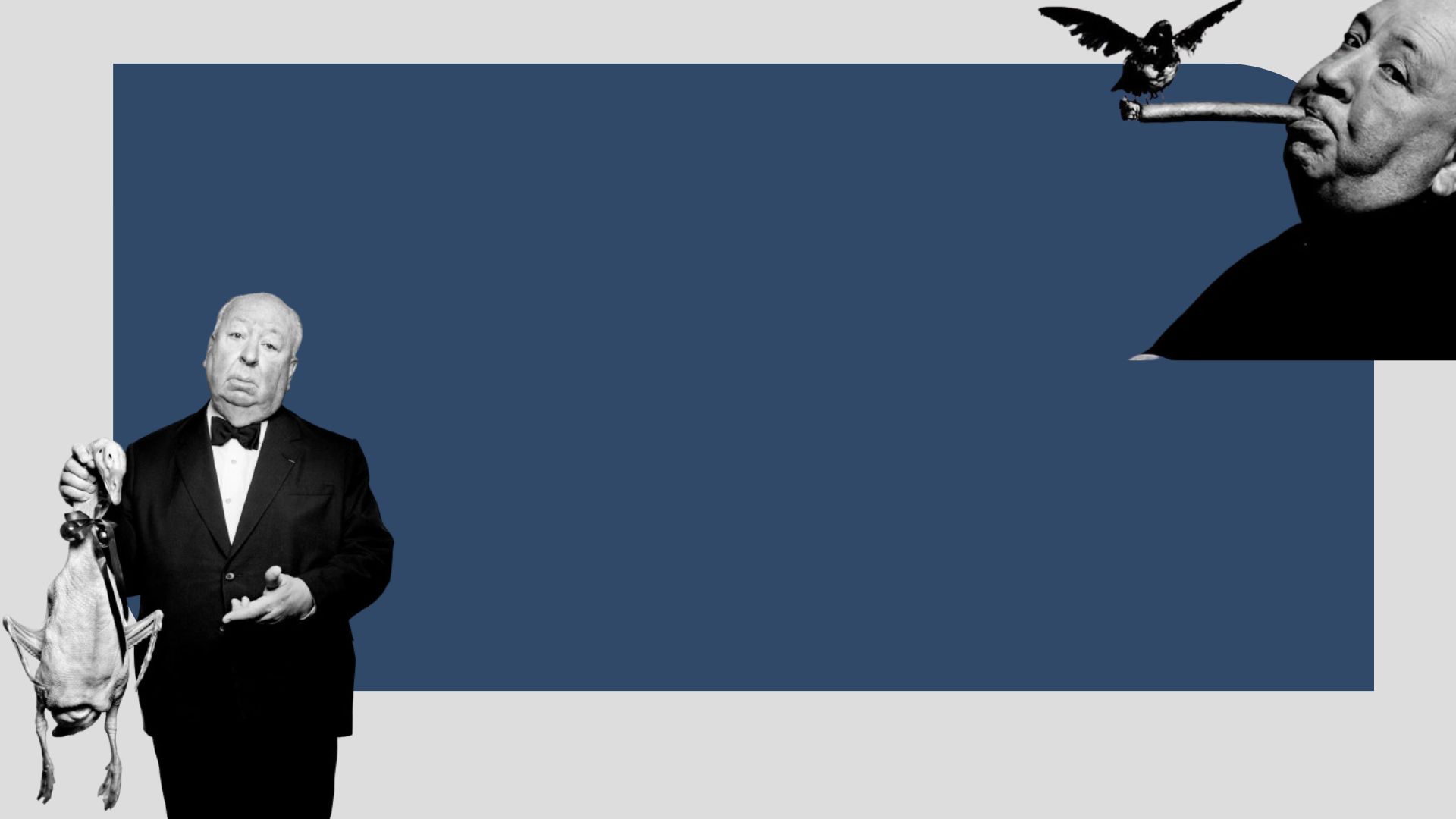Film is a big fish to catch, but how about starting with a short film?
They are like mini-movies and packed with powerful punch.
You might have the idea stuck in your head. However, it can be overwhelming to put it into writing. If you are in that phase, let us help you to unknot those jots.
We don’t care if you are new to filmmaking or just want to start from somewhere. Our guide will be your “SCRIPT” to write one for your very first short film.
Let’s take a look at what you are getting from us:
- Basics of Short Film Scripts
- Developing the Core Idea
- Crafting the Story Structure
- Developing Characters
- Writing the First Draft
- Refining the Script
- Formatting the Script Properly
- Finalizing the Script
Understanding the Basics of Short Film Scripts
The answer is simple; a short film script is for the short film. It is like a manuscript where all the characters, the story, the dialogues, and the action of the short film are written down. In other words, a short film script is used as a blueprint for the production process, filmmaker to wrap up the whole story.
Characteristics of a Short Film Script:
- The runtime of the short films ranges from 15 seconds to 40 minutes, so the script remains focus-centric and concise.
- The story must be captivating enough to fit the limited time frame.
- The characters in the story must have well-developed personalities and fewer in number compared to featured films.
- Visuals in short films are given the top priority since they are the only way to hook an audience into watching the whole film.
Differences Between Short Film Scripts and Feature-length Scripts
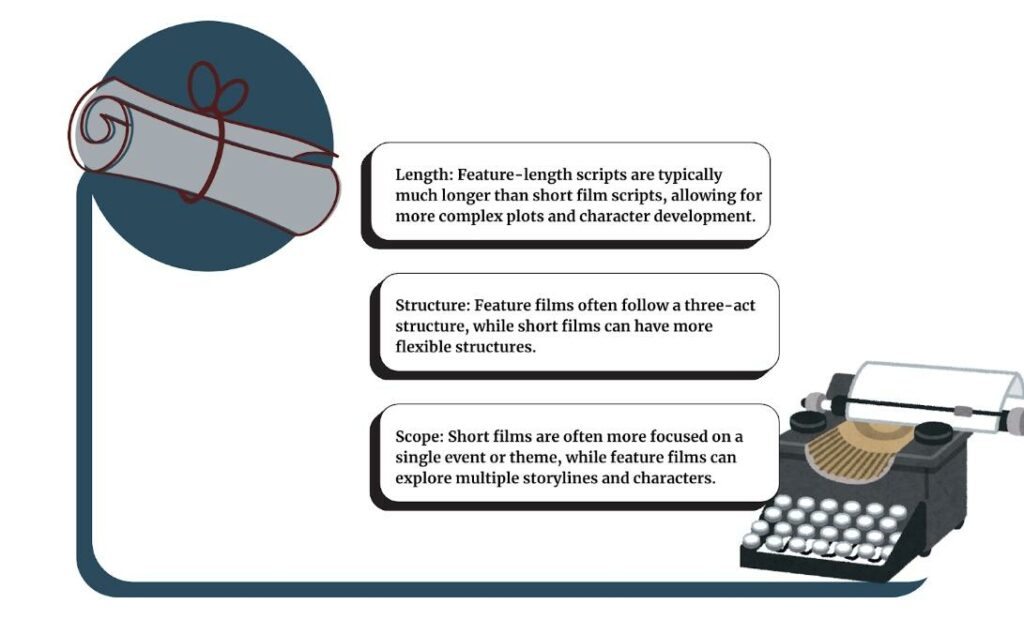
Why Is The Script Crucial?
Without a strong base, you can’t create the whole film, whether it’s a short film or a feature film.
The script works like a base foundation. It controls the entire production, from cinematography to editing.
A well-written script can:
- Guide the director
- Attract investors
- Ensure visual quality
Examples of Successful Short Films with Strong Scripts
#01. “Toy Story”(1995)
Who doesn’t remember the classic animated groundbreaking short film?
Within just 5 minutes, the characters Woody and Buzz Lightyear got the big break and captured millions of people’s hearts. To this date, from kids to adults, everyone remembers them.
#02. “The Lady with the Lamp” (2014)
The famous historical short films inspire a story about Florence Nightingale. This film is an example of how a script can bring a real-life figure to life on screen within a limited period.
Developing the Core Idea
Finding Inspiration
The ideas you come up with must originate from somewhere, correct?
The concept we previously discussed, the one that’s stuck in your mind, serves as your inspiration.
We don’t want to disrupt your train of thought. However, typically, the source generates more ideas.
- Your life experience can be your childhood memories, major life events, tragedies, favorite stories, or a particular person. These specific incidents can give you the inspiration for your short film.
- News articles or any relevant issues that are going around can be your story. It may connect with your vision or idea you are looking for.
- There is nothing better than your own imagination. Find your dreams, dig deep into your fantasies, and keep the subconscious mind alert to get the idea.
- Take your favorite book or piece of art, even if it is by your favorite artist, to draw inspiration. It will provide characters, themes, and elements that you admire.
Tips for Brainstorming Unique and Compelling Concepts

Defining the Concept
The work isn’t done here. Once you have the inspiration and the general idea, you will have to shape the idea, like defining the concept for better understanding.
- Identify the main characters. Who is going to be the protagonist of your story? What are their personalities and goals?
- Determining the setting for where your story will take place and the atmosphere you want to create.
- Outlining the plot for various sides of the story. The conflict between your characters, how they will solve them, and the overall progress of the story.
- Defining the theme for the audience is essential, as it reflects what they will know or learn and the message you are putting across through the short film.
Importance of Keeping the Concept Simple Yet Impactful
A short film is meant to be simple yet impactful. There is not much time for a complex story or many characters.
You will need to convey the message with a concise story and fewer characters within the limited time frame.
Since the story needs to be executed fast, the theme or idea is the central part here that will make the film memorable.
Crafting the Story Structure
The Three-Act Structure
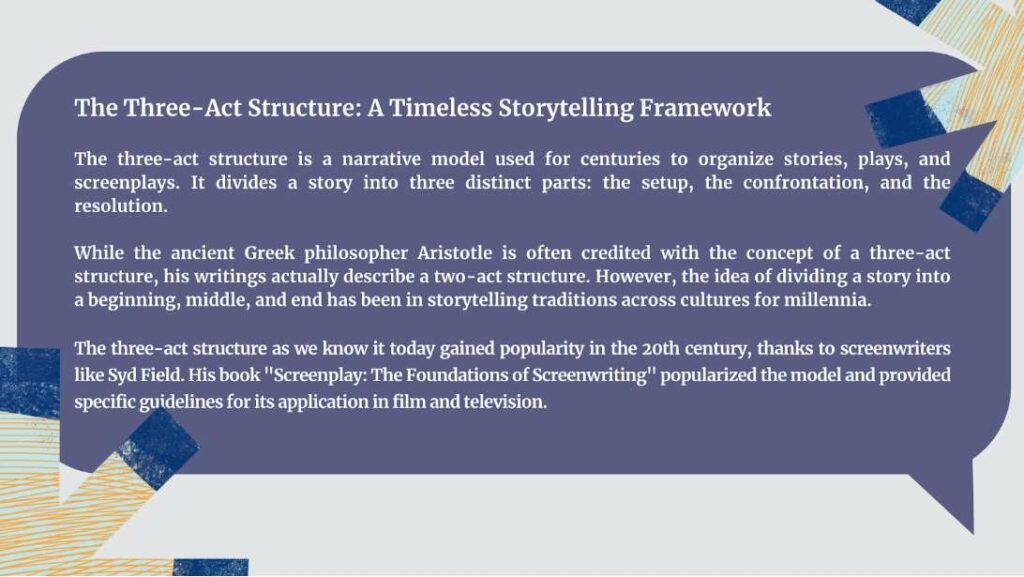
| Act 1-Setup | Act 2-Confrontation | Act 3-Resoulation |
|---|---|---|
| This is the first part of the story where the character, setting, and conflict are introduced. | In the middle section, the character faces obstacles and tries to achieve their goal. | The final part is where the conflict gets resolved, and the character learns a lesson or experiences a transformation. |
How to adapt this structure to fit a short film’s limited runtime?
| Condensed Setup | Focused Confrontation | Satisfying Resolution |
| Set up here should be brief, and character and conflict should be introduced quickly. | The conformation here will be focused. The character will face challenges, and obstacles will be well-defined. | The climax will satisfy the audience without giving them a cliffhanger. |
Story Beats
The story beats work like a river’s flow. It moves your story forward in an orderly manner without distorting the scene or characters. Here are some of the story beats to hit within each act:
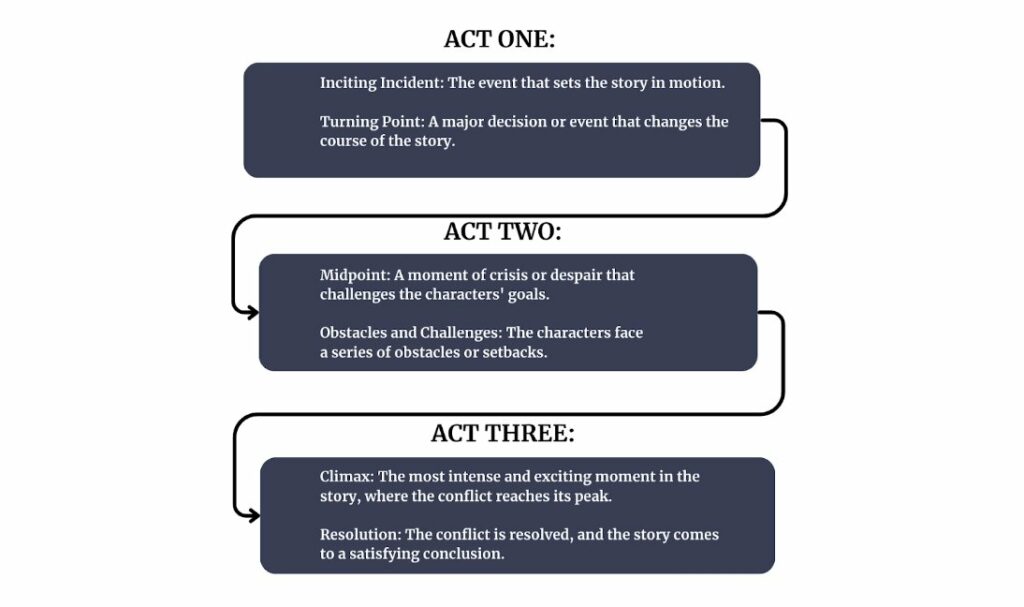
Examples of Effective Pacing in Short Film Scripts
#01 The Neighbours (2016)
The dialogue is quick, and the cuts are sharp. This creates urgency and tension in the scene, mirroring the characters’ chaotic relationship.
#02 The Phone Call (2012)
A single extended scene with minimal dialog builds suspense and tension through the characters’ unspoken emotions and the ticking clock.
Developing Characters
The character in the short film is the heart of the story. If you manage to build characters that people can easily relate to in their daily lives, then you are successful. Viewers love watching characters with strong personalities, solid backgrounds, and meaningful dialogue. As a scriptwriter, you have to know what your plot demands. According to that, you will build your characters and give them conflicts to overcome.
Tips for developing characters with depth despite the limited runtime

Character Arcs
When you write a script and the character, you make him go through various situations.
From childhood to adult life, you make him go through every phase of life, and the character adapts to every situation.
This is what we call character development or arcs. We design character arcs to show how they change and grow throughout the journey.
Here is how you can make meaningful character arcs:
- Give your character a flaw or weaknesses
- Introduce a conflict
- Show growth and transformation
Examples of Character Development Within a Short Script
#01 The Silent Child (2017)
A young deaf girl who is misunderstood and isolated. As we move forward, we witness how the girl struggles in her daily life to communicate with others. At the end of the film, it shows how the girl finds her voice to live her life fullest.
Writing the First Draft
Starting With an outline
Take your pen and paper and write in detail everything you want to showcase in your short film. Every piece of information will work here as a road map. It will help you organize your thoughts and give your story a natural flow.
How To Create a Detailed Outline:
- Step 01: Break down the story into acts and scenes (The three acts’ structure)
- Step 02: Identify the key plot points (Major events and turning points)
- Step 03: Introduce the main characters and their motive
- Step 04: Sketch out the dialogue (Summarize the brief dialogues that exchange)
Benefits of Outlining Scenes and Sequences:
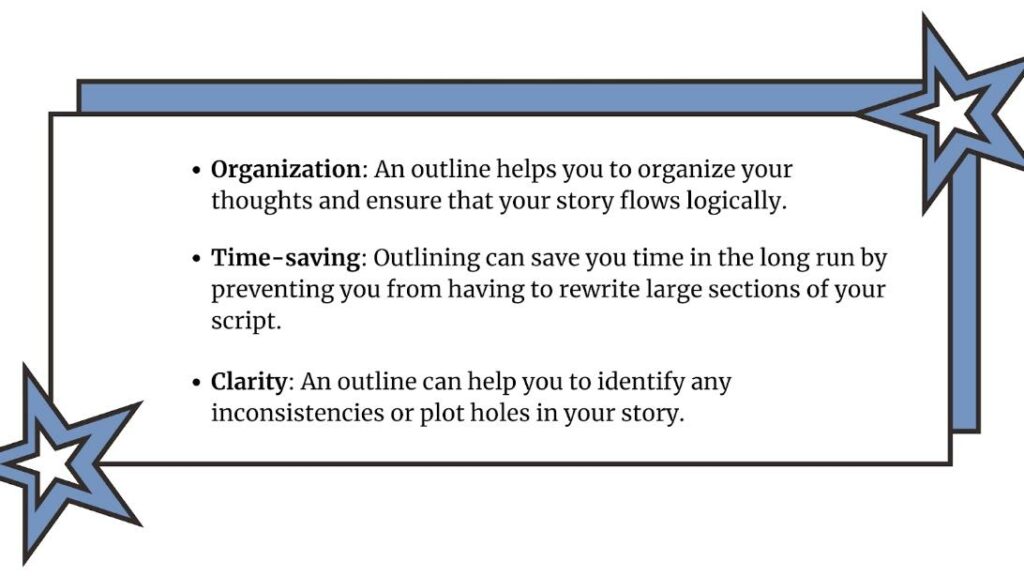
Dialogue Writing Tips
- Keep it natural: Your dialogue should be like a daily conversation. Avoid writing overly formal or robotic dialogue. This way, it won’t sound fake or unreal.
- Use dialogue to reveal character: Dialogue is a great way to unfold a character’s personality, backstory, and motivations. It gives a character meaning.
- Avoid exposition dumps: Don’t write a lengthy exposition where characters simply tell each other information. Try to keep it neat and engaging without stretching it way too long.
Balancing dialogue with visual storytelling in a short film
Short films depend on the visual. The more striking the visual, the more views. So, you will need to focus on how you are setting the mood for the viewers. When your dialogues match the visual, that’s what the audience will sit for and relate to your film.
This is how you can do it:
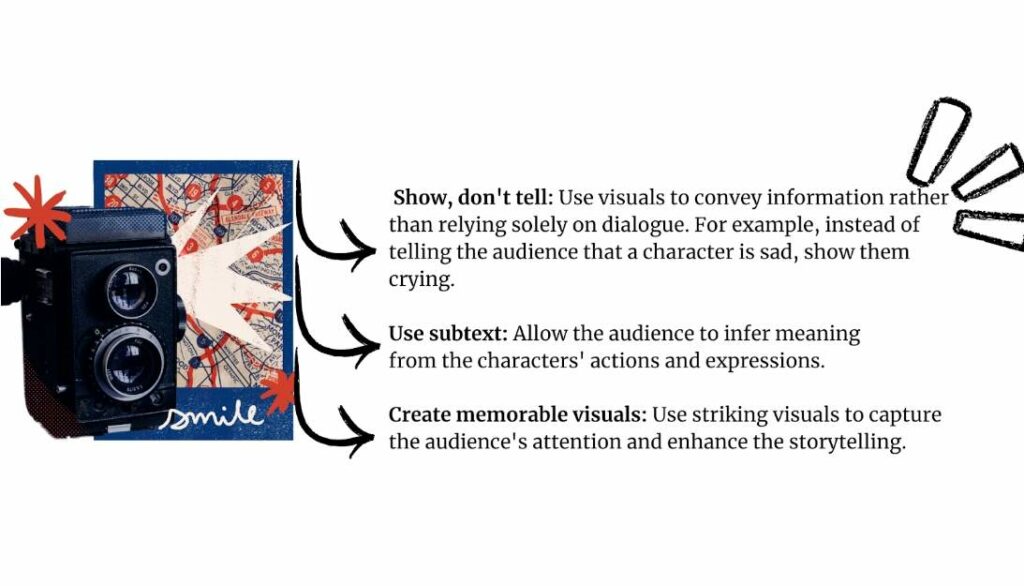
Show, Don’t Tell
The word Show, Don’t Tell is a great technique in scriptwriting.
You are writing the script for the audience. You will think about them while writing it. You don’t want your audience to lose patience or get bored while watching your film.
The script has to be audience-centered. Once you find out how your audience will perceive your story, you can easily portray it through visuals and actions.
Techniques for Conveying Information Through Actions and Visuals:
- Use strong imagery: Create solid and memorable images that easily evoke emotions and convey the message you want your audience to receive.
- Show characters in action: Make your characters do actions that represent their emotions, personalities, habits, and daily life activities.
- Use symbolism: Incorporate symbolic elements into your story to convey deeper meanings.
Refining the Script
Revising the First Draft
Okay, you have finished your first draft. Hopefully, you understand how to do that perfectly. Next, the draft you made gives it polish. By polish, we meant to give it a revision for clarity, pace, and impact.
Try these steps to do it correctly:
- Read it out loud: Take the script and start reading it aloud to identify awkward phrasing or dialogue that doesn’t sound correct.
- Check for clarity: Analyze the story precisely to determine whether the characters are fully engaged in it or if the story is moving forward at the correct pace.
- Evaluate the pace: Ensure that the script moves well and that there are no lulls in the action.
- Assess the impact: Criticize your script and see if it has an emotional grip and can leave a lasting impression on the audience.
3 Common Mistakes to Avoid During the Revision Process
- Don’t step back from chipping down unnecessary scenes or dialogues.
- Don’t lose the original concept or goal of your film by making way too much editing.
- Be open to feedback. Don’t take it personally or get heartbroken from criticism.
Getting Feedback
After finishing the revision of your first draft, take feedback from your peers or mentors. It will refine your script.
Follow these tips for getting feedback:
- Ask your close friends, mentor, or family members to read your script.
- Join a writing group to get feedback from the community and their opinion.
- You can hire a script consultant with more knowledge to provide continuous feedback.
Formatting the Script Properly
Script Formatting Basics
Script formatting is a set of rules for presenting a screenplay or script in a visually clear and professional manner. These rules ensure that the script is easy to read and understand. If you want to understand these basic formatting, here are some industry-standard guidelines:
- You can use a word processor like Microsoft Word or specialized scriptwriting software like Final Draft or Celtx to create pre-formatted templates for screenplays.
- Use a standard margin of 1.5 inches on all sides.
- Use a clean, legible font like Courier New or Times New Roman.
- Number each page in the bottom right corner.
The formatting is necessary because it makes the script easier to read and understand. It also ensures that your script maintains industry-level professionalism and techniques.
Using Scriptwriting Software
There is scriptwriting software available that formats and organizes your script without any lengthy process. It will save you time and make the process twice as easy.
- You will get pre-formatted templates that will automatically correct your margins, fonts, and page numberings.
- You can easily create characters and scene headings that will help to maintain the script’s readability.
- The software will add numbers to your scenes, making it easier to reference specific script sections.
- You will have many formatting tools to use in action, dialogues, and scene descriptions.
- Some software will let you collaborate with other writers and editors if you want.
Finalizing the Script
Here comes the final part.
Before you share your scripts with others, you must proofread them carefully. If you do that, you will catch any typos, grammatical errors, or formatting issues.
What you can do here is:
- Read it out loud
- Use spell check and grammar check
- Have someone else proofread it
- Ensure the characters and plot points have consistency
Preparing for Production
Once you have finalized your script, you will need to prepare it for the next production stage.
Such as:
- Create a pitch deck
- Develop a production budget
- Create a shooting schedule
- Assemble a crew
Importance of being open to changes during the production process
Even with significant effort put into preparing your script and engaging in creative work, the production process remains a collaborative effort.
So, there will be changes and feedback. You have to be open about it without taking anything personally. While your script works as a foundation, the director and other crew members may have valuable insights and suggestions that can improve the final products.
Final Thoughts: Scripts For Shortfilms
We have tried to convey that excellent scriptwriting requires a blend of creativity, structure, and attention to detail. By following the guidelines, you can craft a compelling narrative for your short film that captivates your audience.
Focus on the story structure, develop robust characters, and refine it through multiple revisions so that your short films showcase your talents and inspire others. If you need professional help, you can count on LocalEyes.
Frequently Asked Questions (FAQs)
The standard length of a short film script should be around 20 to 40 pages.
1. Personal experience
2. News articles
3. Dreams or fantasies
4. Literature or art
You can use software like First Draft, Celtx, and WriterDuet
For feedback, join writer groups, ask friends or family for their opinions, or hire a consultant for professional help.
Start with a simple concept, try building strong characters with meaningful backstories, and use a clear structure.
You can optimize the three-act structure. Use setup, confrontation, and resolution to give the script a good shape without losing the flow.
1. Develop a concept
2. Write a script
3. Find a crew
4. Shoot the film
5. Edit
6. Distribute
It is similar to a short film but has a longer length, a more complex plot, and numerous characters.

Founder at LocalEyes Video Production | Inc. 5000 CEO | Emmy Award Winning Producer

